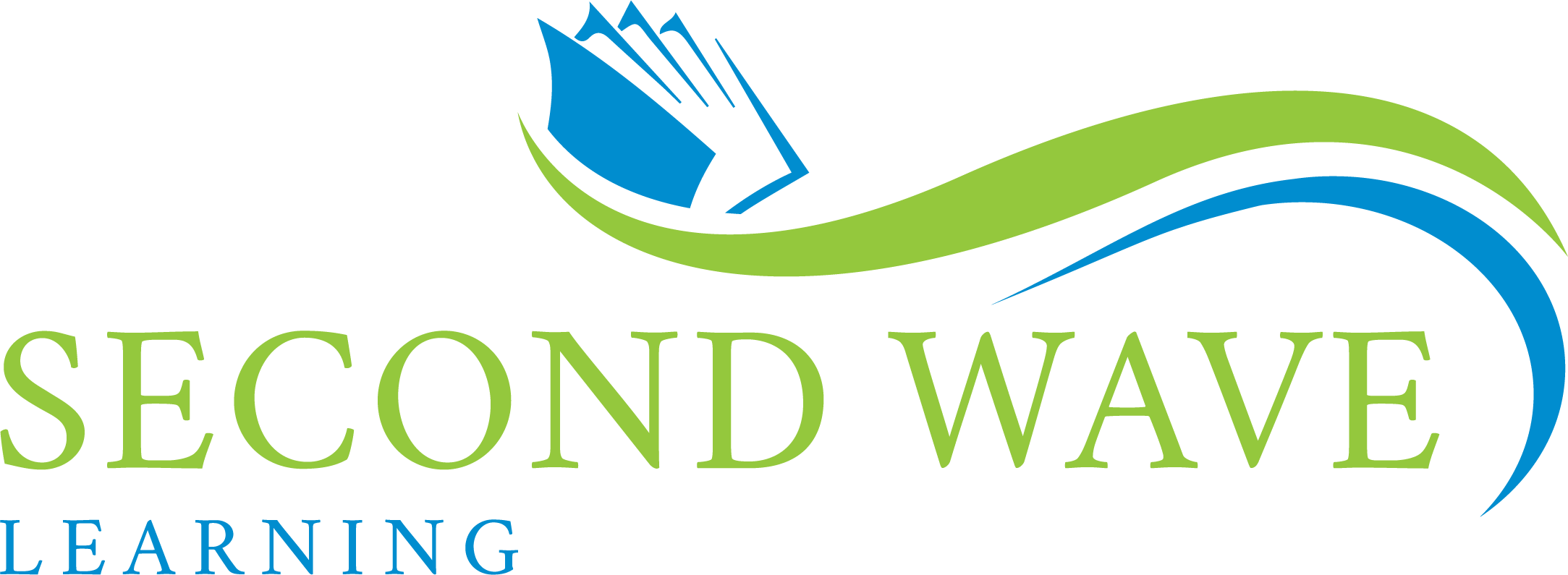October 2023
The United Auto Workers strike underscores a growing demand for a 32-hour, four-day, blue-collar workweek, challenging the perception that this shift is only feasible in white-collar environments. Organizations should assess their operational efficiencies and be attuned to the broader implications of this movement, recognizing that a shorter workweek might enhance recruitment, productivity, and employee satisfaction across various sectors. (Marketplace)
Technological progress, demographic trends, and the changing landscape of the workplace are seeing younger employees increasingly leading multigenerational teams, creating a shift in traditional power dynamics. To successfully navigate generational gaps, these new managers should foster open communication, acknowledge the expertise of their team, and position themselves as both leaders and learners. (The Wall Street Journal)
The integration of GenAI tools (like Chat GPT) can provide significant performance boosts in tasks like creative product ideation, but over-reliance on these tools has also been found to diminish group creativity and individual innovation. Harnessing GenAI's full potential requires organizations to understand its strengths and limitations, leverage varied methods of innovation, and establish a culture of constant experimentation. (Boston Consulting Group)
A recent survey shows that nearly half of Gen Z would like to see more “hard skills” training in their jobs, compared to only one-third who would like to see increased soft skills training. A good onboarding program should certainly align with employee needs and the demands of modern workplaces, but businesses should keep in mind – while technical gaps are easy to identify, Gen Z may simply not be as aware of their soft skills gap. (Adobe)
As the remote work debate continues, the daily commute has emerged as a sticking point: Supervisors believe that the day begins at the office, while post-WFH employees are increasingly seeing the commute as part of their working hours. A flexible hybrid approach might help bridge the gap between workers who champion the perks of a saved commute, and leaders who are wrestling with the intricacies of remote mentoring and culture conservation. (Fortune)
The increased number of older employees in the global workforce has prompted changes in how organizations structure accommodations and benefits. To better handle the demographic shift, executives should consider programs catering to the specific needs of older workers, including health benefits tailored to age-related conditions, flexible work schedules to assist with family care, and strategies to combat age-related stereotypes in corporate culture. (Bain)
Post-2020 corporate DEI commitments appear to be waning, with companies scaling back on related roles and initiatives amidst tech layoffs and recent legal challenges to race-based considerations. As organizations reconsider DEI programs, they must be wary of the long-term implications on talent attraction and retention, understanding that superficial commitments risk alienating potential employees who prioritize authentic diversity and inclusion. (Fortune)
Despite a decline in fully remote roles, certain companies (particularly tech startups) remain committed to a remote-first approach, viewing it as more than just a flexible work option. Embracing a remote operating model, not as a perk but as an organizational philosophy and competitive advantage, improves access to diverse talent and, when implemented correctly, can enhance both employee engagement and overall productivity. (BBC Worklife)
